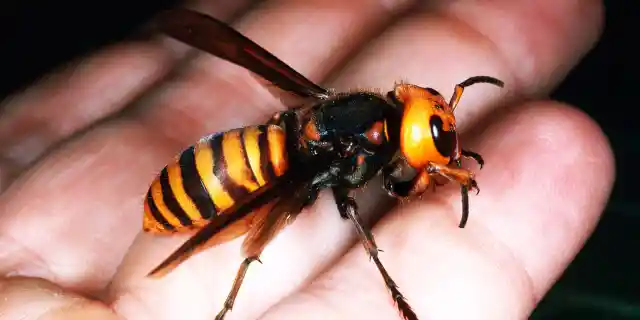We already brought you part one of our list of the world’s 10 deadliest insects, and now we’re back with part two! Check out five more life-threatening insects that you should stay far, far away from below. And don’t forget the bug spray!
Number Five: Scorpions. Because scorpions can only digest liquid, the way they kill their prey is especially horrific. Scorpions inject a venom into their prey that makes their insides essentially become a protein shake for the scorpion. The venom causes everything to liquefy, and then the scorpion can suck the insides out from the animal. Fun!
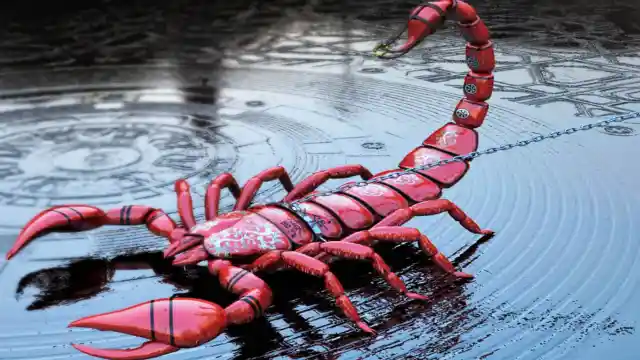
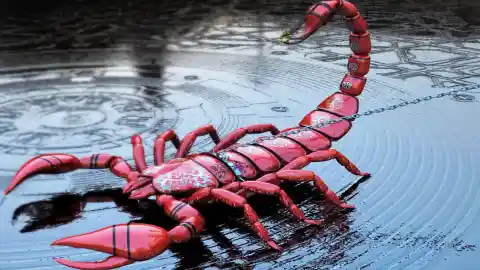
Number Four: Kissing Bugs. A bite from a kissing bug, also known as an assassin bug or conenose bug, can lead to Chagas disease. Chagas disease can be lifelong if not properly treated, and it can also lead to death when left untreated. Chagas disease has two phases: acute and chronic. The acute phase, which lasts for several months, is often asymptomatic. However, the chronic phase can lead to cardiac and intestinal issues.
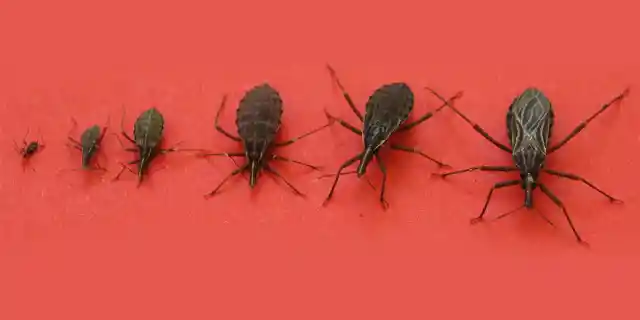
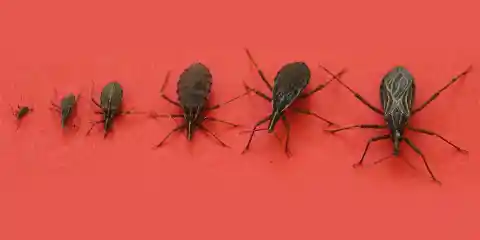
Number Three: African Driver Ants. African driver ants are really freaking scary. They might be small, but they’re insanely deadly, and they’re so powerful that they can turn a regular human body into a skeleton in less time than it takes you to get a good night’s rest. The jaws of African driver ants are incredibly strong, and because they travel in large columns, they can do some serious damage if you get in their way.
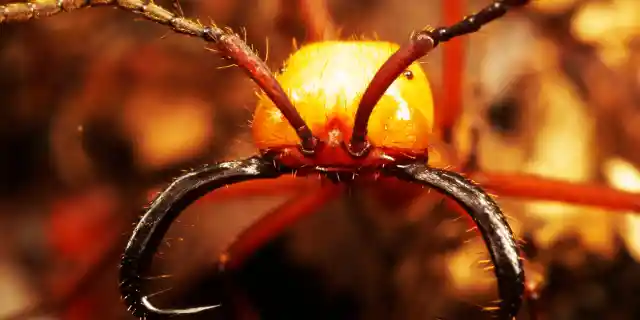
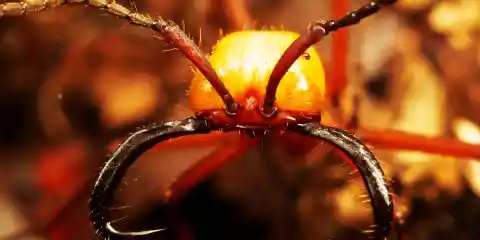
Number Two: Brazilian Wandering Spiders. Brazilian wandering spiders can be found in tropical climates in both south and Central America. They are so deadly because they are defensive and aggressive, and if you get in their way, you’ll probably regret it. In 2010, Brazilian wandering spiders were named the world’s most venomous spider. However, there is an antivenom for these spiders, so if victims are able to get to a hospital, fatality is not an absolute outcome.
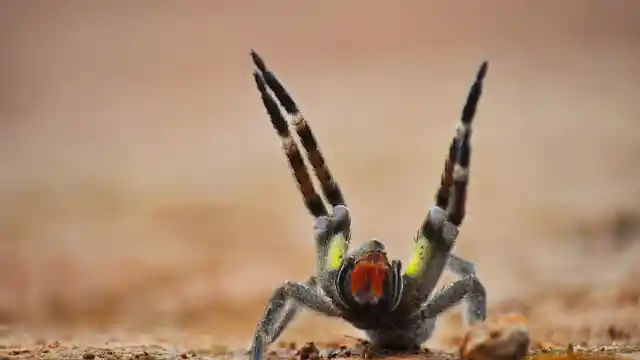
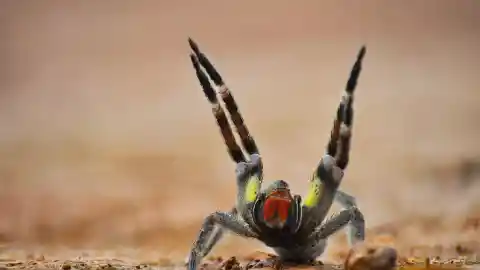
Number One: Asian Giant Hornets. Finally, at number one on our list of the world’s 10 deadliest insects are Asian giant hornets. These hornets are the size of a human thumb and are the world’s largest hornet. They can be deadly if the victims are stung multiple times, and the stings are very painful.
